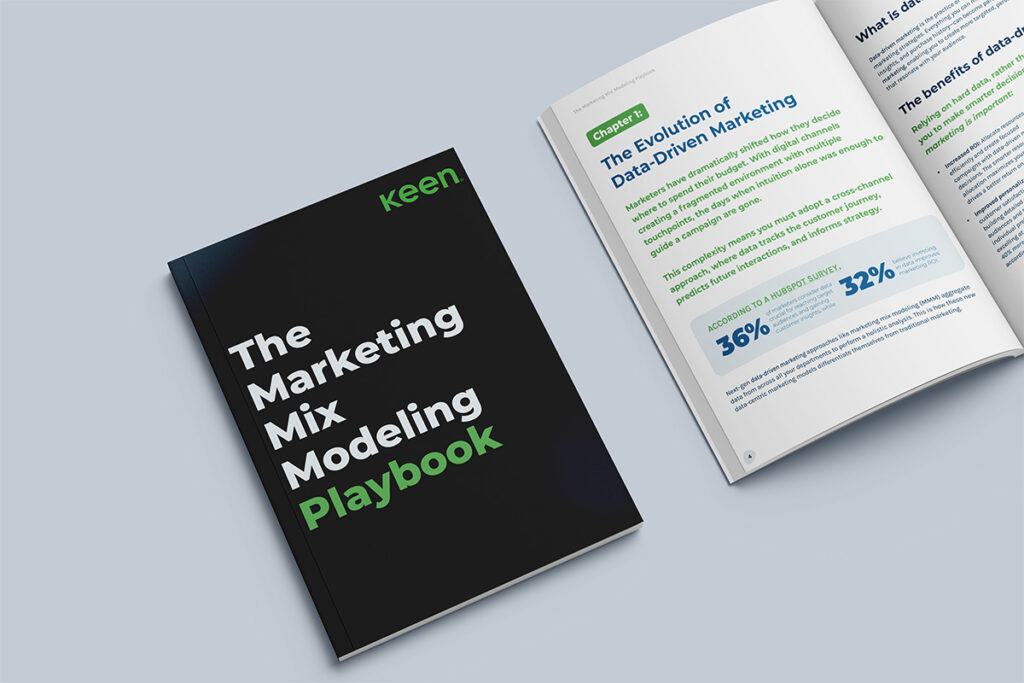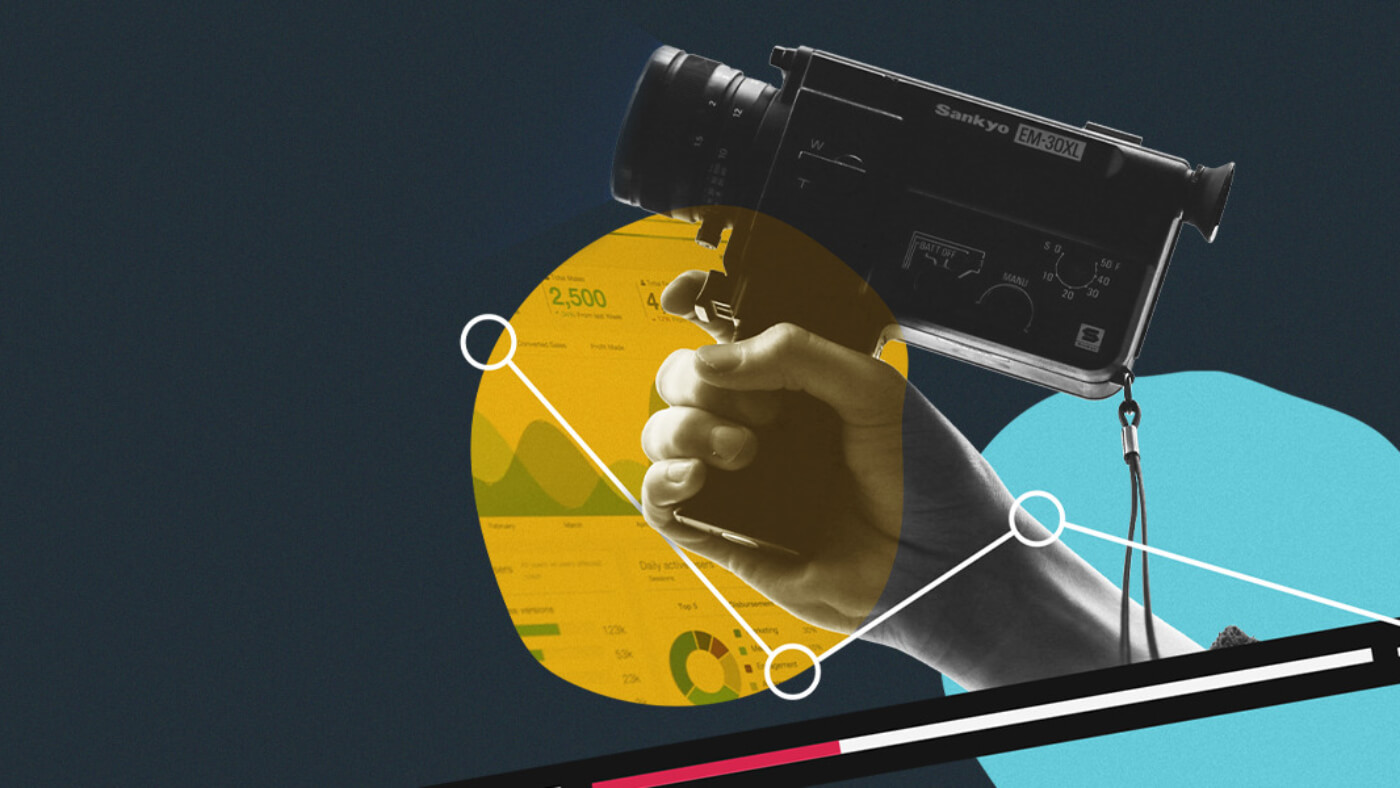An article by The Daily Outdoor Retailer discussed the Solo Stove brand marketing campaign that went viral last year. The digital marketing campaign was designed to increase brand awareness and expand reach that would benefit the brand over the long term. In the ad, rapper Snoop Dogg cryptically announced he was “giving up smoke,” only to later reveal it was an ad for Solo’s smokeless fire pits.
In its early days, it was viewed as a success based on brand campaign measurement metrics. Ad Age ranked the collaboration #18 on its list of the 40 best ads of 2023, they gained 60,000+ new followers on social media after the ad dropped and it raised brand awareness of Solo Stove to an expanded audience of consumers.
But the metrics Solo Stove cared most about told a different story. The campaign did not lead to a sales lift or a substantial increase in revenue. Their fourth-quarter results came in below expectations and combined with their increased marketing investments, negatively impacted their EBITA. Ultimately, the company decided to change CEOs because the major investments did not result in a substantial revenue increase.
In this post, you’ll learn how to measure a brand campaign and avoid mistakes like those from Solo Stove.
Why is brand campaign measurement important?
Understanding the true impact of your marketing efforts isn’t just about tracking numbers—it’s about ensuring every dollar you spend brings you closer to your business goals. Brand campaign measurement gives you clear visibility into how well you’re connecting with your target audience and whether your message is truly resonating in the market.
1. Provides strategic direction
Think of brand measurement as your strategic compass. When you track branded search volume and other key metrics, you gain insights that help you make smarter decisions about where to focus your resources. Instead of relying on your marketing instincts and guessing what works, you’ll know exactly how your audience responds to your brand across multiple touchpoints, such as:
- Social media posts
- Blog posts
- Landing pages
2. Enables real-time adaptation
Measuring brand awareness in real time allows you to adapt quickly to changing market conditions and consumer shopping behavior. You’ll spot trends as they emerge and understand if your conversion rates are meeting expectations.
This immediate feedback loop means you can optimize your marketing channel mix on the fly, ensuring your brand building efforts consistently deliver results.
3. Drives meaningful insights
Strong brand measurement isn’t about collecting data for data’s sake. It’s about gathering insights that drive meaningful improvements in your marketing strategy. When you understand what resonates with your audience, you can create more impactful campaigns that build lasting connections with your customers and drive sustainable business growth.
Common mistakes made when planning and measuring a brand campaign
This is not the first time, and will likely not be the last time that a company made a sizable investment in a brand marketing campaign that saw some immediate short-term success but was viewed unfavorably by members of senior management.
One of the problems could be the brand campaign measurement metrics used. In the case of a brand campaign, traditional ROI is not the marketing metric that teams should be using to indicate positive results.
Marketing ROI usually refers to a historic, short-term ROI. It takes spending on a program and divides it by total sales revenue generated, with success equal to an improvement over the previous baseline ROI. Instead, marketers need to be looking at marginal ROI (mROI), which points to the future.
How to measure brand campaign success
mROI is a definite way to measure the effectiveness of your brand campaigns as it’s firmly future-focused. And the future, after all, is what you’re looking to impact, especially in the case of a brand awareness campaign.
mROI calculates the incrementality and the response curves for each week into the future to predict a marketing channel’s expected return. These response curves account for interactivity among marketing channels, as well as the impact of such external factors as competition and seasonal effects.
mROI solves for the optimal spend based on a given financial objective. That could include maximizing the impact of a fixed budget, increasing long-term profit, or as in case of the Solo Brands Snoop Dogg campaign, hitting a specific revenue target.
Keen’s analytics tools measure both short- and long-term ROI. In the case of brand building tactics such as television, it’s vital to set expectations upfront and show with model-supported data that the long-term (2+ years) ROI payback is significantly higher than what will actualize in the short-term (less than six months).
Measure the success of your brand campaign with Keen
In the case of the Solo Stove campaign, we do not have all the details surrounding the CEO’s exit after the campaign. But if his exit was tied to the campaign not producing the revenue lift the CFO was expecting, then the team needed to align on goals and prior brand campaign measurement.
If the team looked at mROI, that would have ensured they were not overinvesting in any one single channel. An optimized marketing mix strategy could have told them which channels and when they should invest in future campaigns to take advantage of the interaction effects across those channels as well as the continuity of the messaging.
Using Keen for marketing measurement, you can run real-time scenarios and predict future outcomes based on data. This way, you reduce uncertainty in your decisions.
To learn more about how Keen can help your team measure brand campaigns, take a tour of the platform here.
Frequently asked questions
What are some brand campaign performance metrics to track for measurement?
Here are the essential metrics you need to track for your brand campaigns:
- Track engagement metrics that reveal how your audience interacts with your brand. Focus on social media engagement (likes, comments, shares), time spent on your website, bounce rates, and content sharing rates. These indicators show whether your message is truly connecting with your target audience.
- Monitor your brand awareness and reach through metrics like search volume for your brand name, direct traffic to your website, and social media follower growth. These numbers tell you if you’re successfully expanding your brand’s visibility in the market.
- Measure brand health through customer behavior metrics, including repeat purchase rates, customer lifetime value, and brand sentiment in social conversations. Add depth to these insights by tracking your share of voice against competitors and conducting regular brand recall surveys. These deeper metrics show if you’re building lasting connections with your audience.
These metrics work together to give you a complete picture of your brand’s performance. Start tracking them consistently, and you’ll spot trends that help you make smarter marketing decisions about your brand strategy.
What are some brand campaign measurement strategies we can implement?
Here are some effective brand measurement strategies your team can put in place to track your campaign performance:
- Build a comprehensive measurement framework that captures both quantitative and qualitative brand metrics. Track everything from social media engagement to customer sentiment. Within the Keen Platform, you can identify the most impactful metrics for your specific goals and set up tracking systems that can simplify data collection.
- Implement regular brand health checks through surveys, social listening, and competitive analysis. Don’t just collect data—understand what it means for your brand’s growth. Keen can help you interpret the results to make informed decisions about your campaign strategy.
- Create a consistent reporting rhythm that connects brand metrics to business outcomes. Keen helps you establish clear dashboards and reporting templates that showcase the real impact of your brand campaigns on business growth. We’ll work with you to turn complex data into actionable insights that drive your brand forward.
Remember, successful brand measurement isn’t just about tracking numbers – it’s about understanding what those numbers mean for your business growth. Let Keen’s expertise guide you in building a measurement strategy that delivers clear, actionable insights for your brand campaigns.



